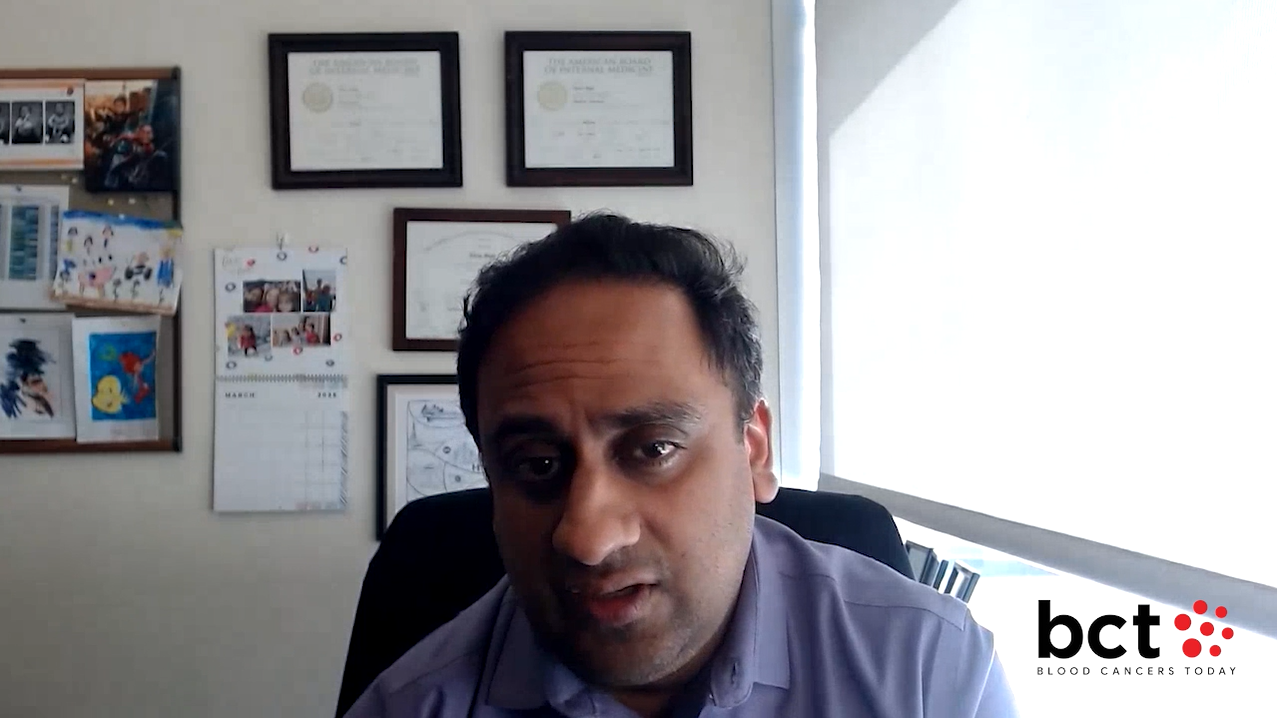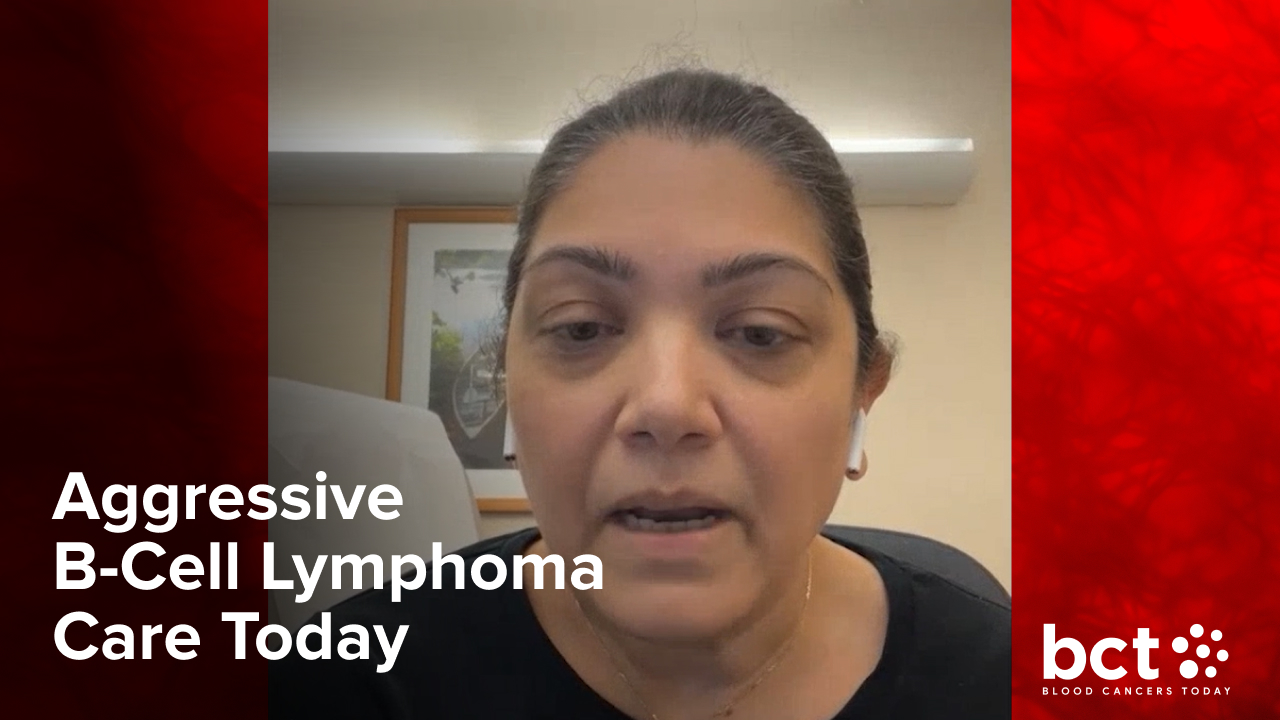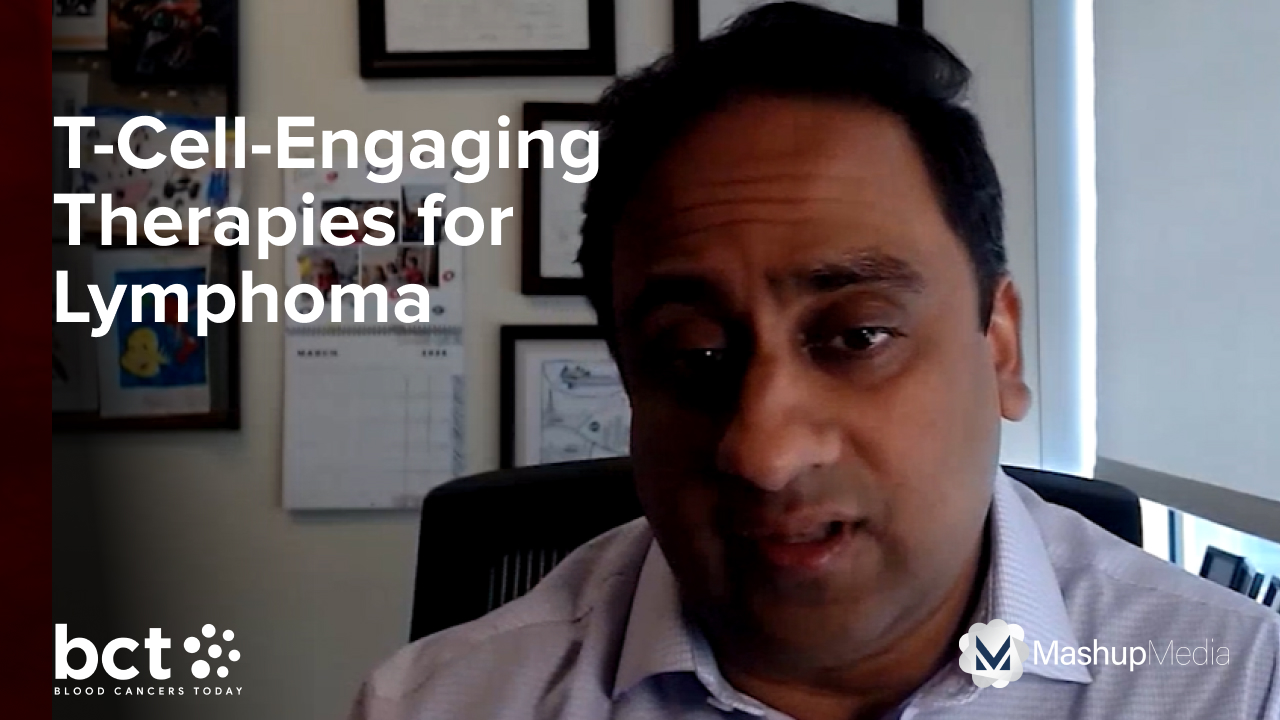Experts Outline Treatment Algorithms for AML With the Latest Data
By Eric Winer, MD, Yasmin Abaza, MD, Naval Daver, MD, Patrick Daly - Last Updated: June 17, 2024At the 2024 American Society of Clinical Oncology Annual Meeting in Chicago, Illinois, Eric Winer, MD, of the Dana-Farber Cancer Institute, discussed treatment strategies for acute myeloid leukemia (AML) with Yasmin Abaza, MD, of Northwestern University, and Naval Daver, MD, of the MD Anderson Cancer Center.
This segment of the discussion focuses on each physician’s treatment algorithm for patients with AML.
Find more of this roundtable discussion here.
—
Dr. Winer first asked Dr. Abaza to describe her treatment strategy in younger patients.
“We look at a couple of things from the patient’s perspective; not just age but also comorbidities and overall performance status to determine fitness,” Dr. Abaza answered. “We also look at the fitness of the disease itself, so looking at the molecular characteristics and cytogenetics to determine how to best manage.”
“For the majority of patients, if they have a targetable mutation, we look at our clinical trials and what we can offer them,” Dr. Abaza continued. “If they have particular FLT3, IDH, or NPM1 mutations, we may gear toward an intensive chemotherapy-based approach with a targeted inhibitor like a FLT3 inhibitor or, if we have clinical trial [data], menin inhibitors.”
However, Dr. Abaza noted that intensive chemotherapy should be avoided in some otherwise “fit” patients, such as TP53-mutated patients where data don’t support intensive chemotherapy over a trial or less intensive regimen.
“It’s a complicated algorithm where we take into account the disease in addition to the overall performance status of the patient,” Dr. Abaza summarized.
Dr. Winer then asked Dr. Daver what the approach to AML treatment is at his center. Dr. Daver stated that his approach is very similar, starting with screening for FLT3 mutations in newly diagnosed patients.
“If we see a FLT3 mutation, we are usually going with a FLT3 inhibitor… and we’re using [quizartinib] more based on the recent QuANTUM-First data and tolerability experiences,” he said.
Aside from FLT3 mutations, Dr. Daver also screens patients for menin mutations and core binding factor or acute promyelocytic leukemia subtypes. He noted that clinical trials are currently investigating menin inhibitors in the frontline setting, and he would reference those trials for guidance based on a patient’s mutational status.
“The big question now is revolving around [measurable residual disease] and how we can use that down the line with whatever treatment you started to decide if a patient needs transplant or not,” Dr. Daver added in closing.






 © 2025 Mashup Media, LLC, a Formedics Property. All Rights Reserved.
© 2025 Mashup Media, LLC, a Formedics Property. All Rights Reserved.